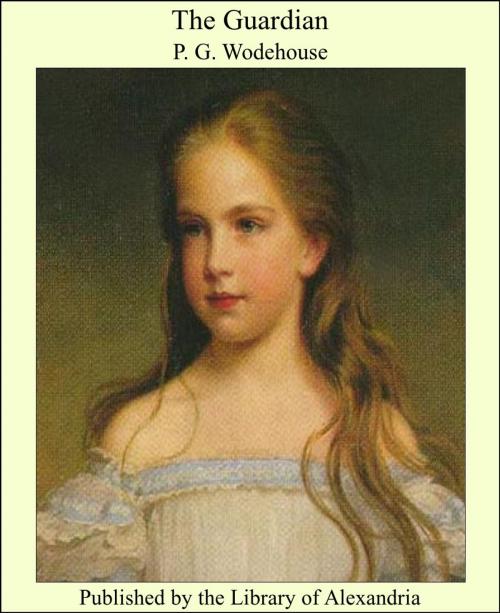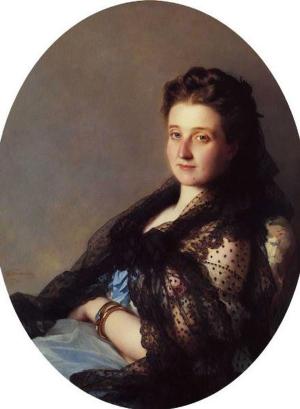| Author: | Sir Pelham Grenville Wodehouse | ISBN: | 9781465540256 |
| Publisher: | Library of Alexandria | Publication: | March 8, 2015 |
| Imprint: | Language: | English |
| Author: | Sir Pelham Grenville Wodehouse |
| ISBN: | 9781465540256 |
| Publisher: | Library of Alexandria |
| Publication: | March 8, 2015 |
| Imprint: | |
| Language: | English |
I suggested in 1914 that the square-shaped punctuation marks, which are a characteristic of the Manuscript, might have some bearing on the vexed question of its date. What I have since noticed has considerably strengthened my original surmise. For instance, in Plate X. (lines 2 and 7) will be seen examples of the three-dot full stop which is frequently used to end a sentence throughout the work. It will be noticed, however, that in close and somewhat puzzling proximity to these stops there are Other very similar dot-formed groups, actually on the line of the text, which, at first sight, might easily be taken for punctuation signs. They are in reality only ornaments; and the dots are in every case round in form, whereas the true punctuation marks are always rectangular. The fact that these two very similar forms are used on the same page, in conditions calculated to mislead a reader accustomed to the round forms of an earlier date, would seem to show that the Manuscript must have been written at a time when the transition stage was already past, and the square punctuation had definitely superseded the rounded form. Besides this, there is another piece of internal evidence, as yet unnoted, which shows that the new system was firmly established when the Manuscript was written. The scribe occasionally illuminates the stops, enlarging them into decorative forms to harmonise with the general embellishment of the page. Plate III, contains three striking examples of this curious innovation. In the 2nd, 4th, and 7th lines from the foot of the page will be seen quaint ornaments of rectangular outline, intruding, as it were, immediately after the words "seniores," "profetissa," and "ihm." They have probably been regarded, up till now, as mere instances of the stray decorative features which are scattered broadcast through the whole volume. Their position, however, in places where a full stop is actually required, and where there is no trace of any Other punctuation marks to be seen, shows them to be nothing more or less than enlarged forms of the single dot which was one of the recognised methods of indicating the end of a sentence in early Celtic manuscripts (see post p. 35). Plate X., at end of line 4, furnishes another example; and Plate XV, contains yet another, though of much smaller proportions, following the word "mihi." These strange instances of decorated punctuation would seem to me to have been introduced deliberately with a view to drawing special attention to the recently adopted rectangular punctuation signs; and it is hardly conceivable that liberties such as these would have been taken by any scribe unless the new system of pointing had been generally adopted at the time when he had the work in hand. If this be the case, it must follow that the date of the Manuscript should be ascribed to a period which cannot possibly be earlier than the latter end of the ninth century. I have added a little to the Introduction bearing on the contest that continued for nearly a thousand years between the Byzantine and the Celtic modes of embellishment in the field of artistic illumination, and have touched, though lightly, on the superb results that sprang from the final union of the two contending forces. Also a few trivial oversights have been corrected in the letterpress of the original edition. INTRODUCTION
I suggested in 1914 that the square-shaped punctuation marks, which are a characteristic of the Manuscript, might have some bearing on the vexed question of its date. What I have since noticed has considerably strengthened my original surmise. For instance, in Plate X. (lines 2 and 7) will be seen examples of the three-dot full stop which is frequently used to end a sentence throughout the work. It will be noticed, however, that in close and somewhat puzzling proximity to these stops there are Other very similar dot-formed groups, actually on the line of the text, which, at first sight, might easily be taken for punctuation signs. They are in reality only ornaments; and the dots are in every case round in form, whereas the true punctuation marks are always rectangular. The fact that these two very similar forms are used on the same page, in conditions calculated to mislead a reader accustomed to the round forms of an earlier date, would seem to show that the Manuscript must have been written at a time when the transition stage was already past, and the square punctuation had definitely superseded the rounded form. Besides this, there is another piece of internal evidence, as yet unnoted, which shows that the new system was firmly established when the Manuscript was written. The scribe occasionally illuminates the stops, enlarging them into decorative forms to harmonise with the general embellishment of the page. Plate III, contains three striking examples of this curious innovation. In the 2nd, 4th, and 7th lines from the foot of the page will be seen quaint ornaments of rectangular outline, intruding, as it were, immediately after the words "seniores," "profetissa," and "ihm." They have probably been regarded, up till now, as mere instances of the stray decorative features which are scattered broadcast through the whole volume. Their position, however, in places where a full stop is actually required, and where there is no trace of any Other punctuation marks to be seen, shows them to be nothing more or less than enlarged forms of the single dot which was one of the recognised methods of indicating the end of a sentence in early Celtic manuscripts (see post p. 35). Plate X., at end of line 4, furnishes another example; and Plate XV, contains yet another, though of much smaller proportions, following the word "mihi." These strange instances of decorated punctuation would seem to me to have been introduced deliberately with a view to drawing special attention to the recently adopted rectangular punctuation signs; and it is hardly conceivable that liberties such as these would have been taken by any scribe unless the new system of pointing had been generally adopted at the time when he had the work in hand. If this be the case, it must follow that the date of the Manuscript should be ascribed to a period which cannot possibly be earlier than the latter end of the ninth century. I have added a little to the Introduction bearing on the contest that continued for nearly a thousand years between the Byzantine and the Celtic modes of embellishment in the field of artistic illumination, and have touched, though lightly, on the superb results that sprang from the final union of the two contending forces. Also a few trivial oversights have been corrected in the letterpress of the original edition. INTRODUCTION















